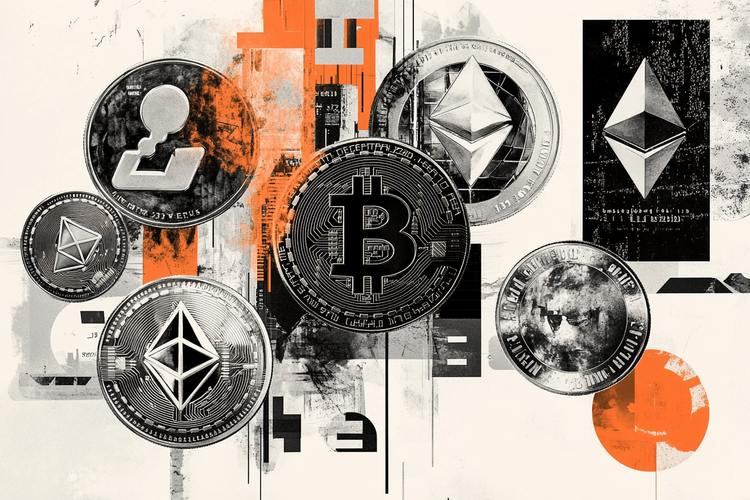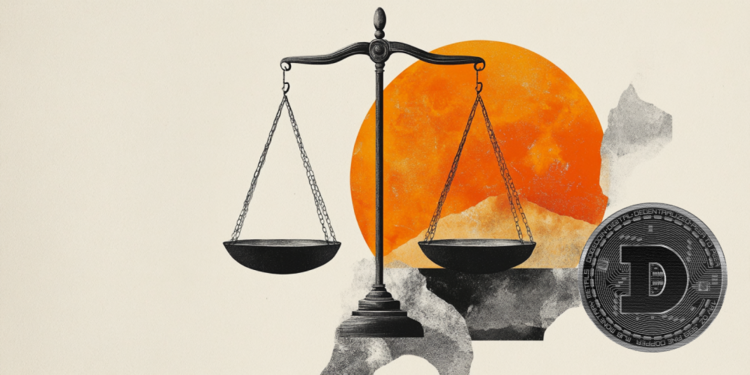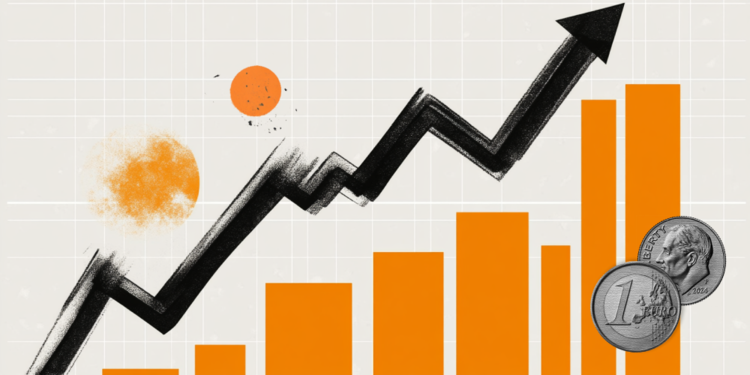- The S&P Global preliminary PMIs for February are likely to show little variation from the January final readings.
- The Federal Reserve may resume its easing cycle in July.
- EUR/USD’s near-term outlook remains negative ahead of PMIs.
S&P Global is set to release its early estimates for the United States (US) Purchasing Managers Indexes (PMIs) for February this Friday. These PMIs are based on surveys of top private-sector executives and offer a snapshot of the overall economic health by looking at key factors like GDP, inflation, exports, capacity use, employment, and inventories.
There are three indexes to watch: the Manufacturing PMI, the Services PMI, and the Composite PMI—a weighted average of the two. A reading above 50 signals that economic activity is expanding, while a figure below 50 indicates contraction. Because these figures are published monthly, well before many other official stats, they provide an early look at how the economy is performing.
In January, the Composite PMI came in at 52.7, the lowest level since April 2024, although still indicating a solid performance in business activity. According to S&P Global, “A renewed increase in manufacturing production coincided with a slower rise in services activity. The rate of expansion in new business also eased in January, but the pace of job creation quickened and was the strongest since June 2022. Meanwhile, both input costs and output prices rose at faster rates”.
What can we expect from the next S&P Global PMI report?
Investors expect the flash Manufacturing PMI to nudge up slightly from 51.2 to 51.5 in February, while the Services PMI is anticipated to rise a bit from 52.9 to 53.0.
Even though the manufacturing sector’s performance may not be a surprise, this small improvement could ease worries—especially if the Services sector continues to show strong growth.
Everyone will be closely watching the surveys’ findings on inflation and employment. After Fed Chair Jerome Powell’s cautious comments about easing policies further in his semiannual testimonies, market expectations now place another rate cut in July.
Powell pointed out that there’s no rush to cut rates, thanks to steady economic growth, a solid job market, and inflation that still runs above the 2% target. “We do not need to be in a hurry to adjust policy”, he reiterated.
If the Services PMI unexpectedly falls below 50, it could spark a quick selloff of the US Dollar (USD). On the other hand, if the Services PMI stays on track and the Manufacturing PMI rises above 50 into expansion territory, the USD might strengthen against its rivals.
Looking ahead, if the PMI surveys reveal rising input costs in the service sector alongside a strong labor market, the idea of a tighter-for-longer Fed might be reinforced. Conversely, softer price pressures and weak private sector job growth could renew hopes for further easing, which might put pressure on the USD.
When will the January flash US S&P Global PMIs be released and how could they affect EUR/USD?
The S&P Global Manufacturing, Services and Composite PMIs report will be released on Friday at 14:45 GMT and is expected to show US business activity remaining in the expansion territory.
Ahead of the release, Pablo Piovano, Senior Analyst at FXStreet, notes: “If bulls manage to regain the initiative, EUR/USD could challenge the February peak of 1.0513 recorded on February 14, which is closely followed by the 2025 high of 1.0532 reached on January 27. Should spot break through this barrier, traders might see a spirited climb toward the December 2024 top of 1.0629 (set on December 6) once the Fibonacci retracement of the September-January decline at 1.0572 is cleared.”
“The resurgence of a sustained downward trend, instead, should put the pair en route to revisit the February low of 1.0209 hit on February 3, prior to its 2025 bottom of 1.0176 established on January 13. The breakdown of this level could signal a bearish turn back to the crucial parity zone,” Piovano adds.
“The ongoing negative outlook is expected to persist as long as spot trades below its critical 200-day SMA at 1.0743. Further indicators note that the Relative Strength Index (RSI) remains around the 55 zone, indicating some constructive momentum, although the Average Directional Index (ADX) below 15 denotes a weakening trend,” Piovano concludes.
Economic Indicator
S&P Global Manufacturing PMI
The S&P Global Manufacturing Purchasing Managers Index (PMI), released on a monthly basis, is a leading indicator gauging business activity in the US manufacturing sector. The data is derived from surveys of senior executives at private-sector companies from the manufacturing sector. Survey responses reflect the change, if any, in the current month compared to the previous month and can anticipate changing trends in official data series such as Gross Domestic Product (GDP), industrial production, employment and inflation. A reading above 50 indicates that the manufacturing economy is generally expanding, a bullish sign for the US Dollar (USD). Meanwhile, a reading below 50 signals that activity in the manufacturing sector is generally declining, which is seen as bearish for USD.
Read more.
Next release: Fri Feb 21, 2025 14:45 (Prel)
Frequency: Monthly
Consensus: 51.5
Previous: 51.2
Source: S&P Global
GDP FAQs
A country’s Gross Domestic Product (GDP) measures the rate of growth of its economy over a given period of time, usually a quarter. The most reliable figures are those that compare GDP to the previous quarter e.g Q2 of 2023 vs Q1 of 2023, or to the same period in the previous year, e.g Q2 of 2023 vs Q2 of 2022. Annualized quarterly GDP figures extrapolate the growth rate of the quarter as if it were constant for the rest of the year. These can be misleading, however, if temporary shocks impact growth in one quarter but are unlikely to last all year – such as happened in the first quarter of 2020 at the outbreak of the covid pandemic, when growth plummeted.
A higher GDP result is generally positive for a nation’s currency as it reflects a growing economy, which is more likely to produce goods and services that can be exported, as well as attracting higher foreign investment. By the same token, when GDP falls it is usually negative for the currency. When an economy grows people tend to spend more, which leads to inflation. The country’s central bank then has to put up interest rates to combat the inflation with the side effect of attracting more capital inflows from global investors, thus helping the local currency appreciate.
When an economy grows and GDP is rising, people tend to spend more which leads to inflation. The country’s central bank then has to put up interest rates to combat the inflation. Higher interest rates are negative for Gold because they increase the opportunity-cost of holding Gold versus placing the money in a cash deposit account. Therefore, a higher GDP growth rate is usually a bearish factor for Gold price.

























